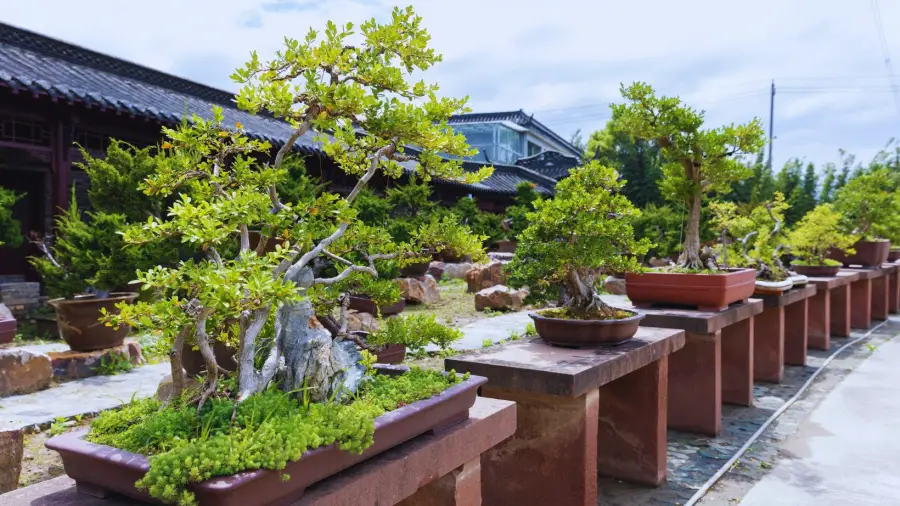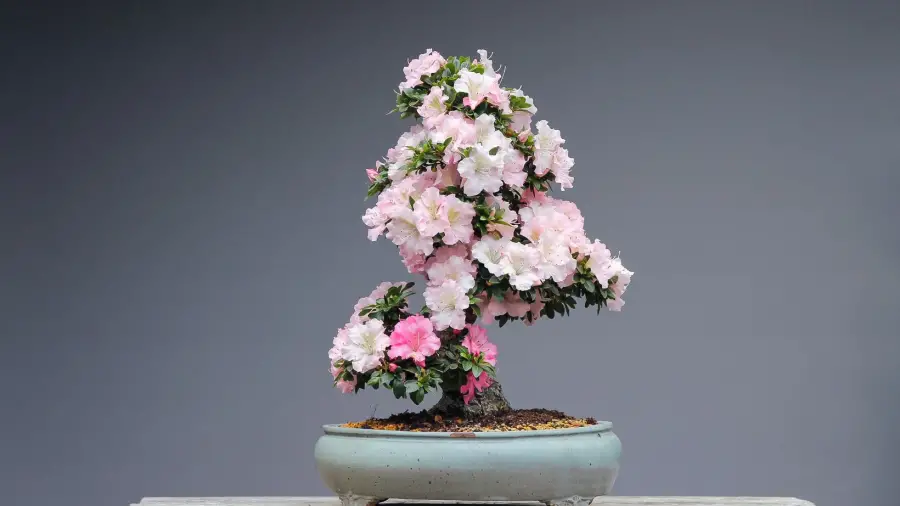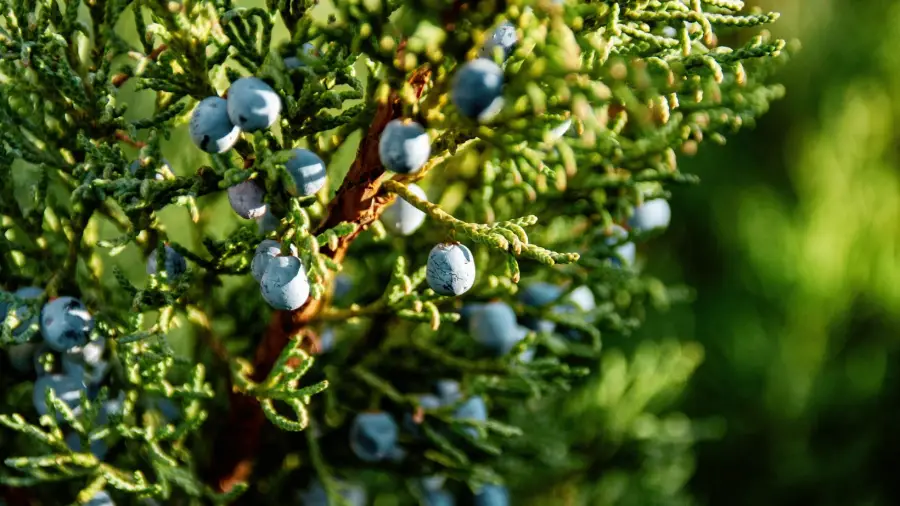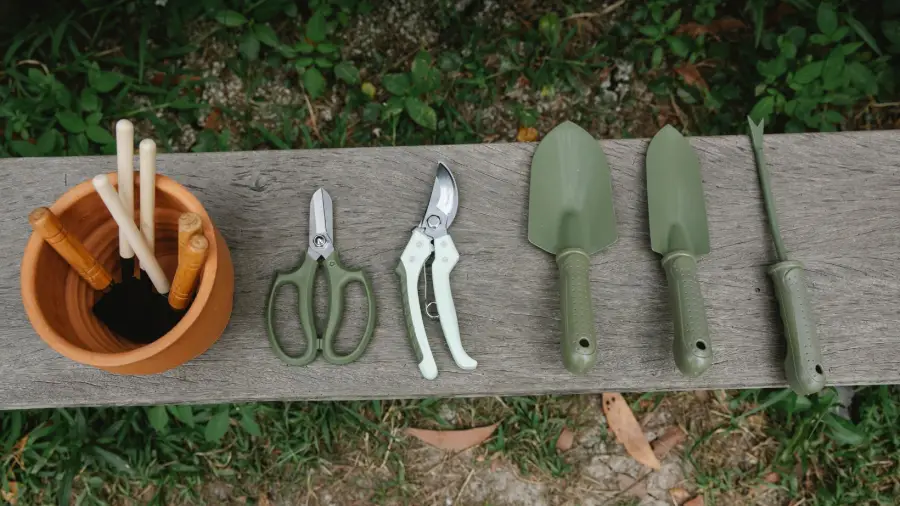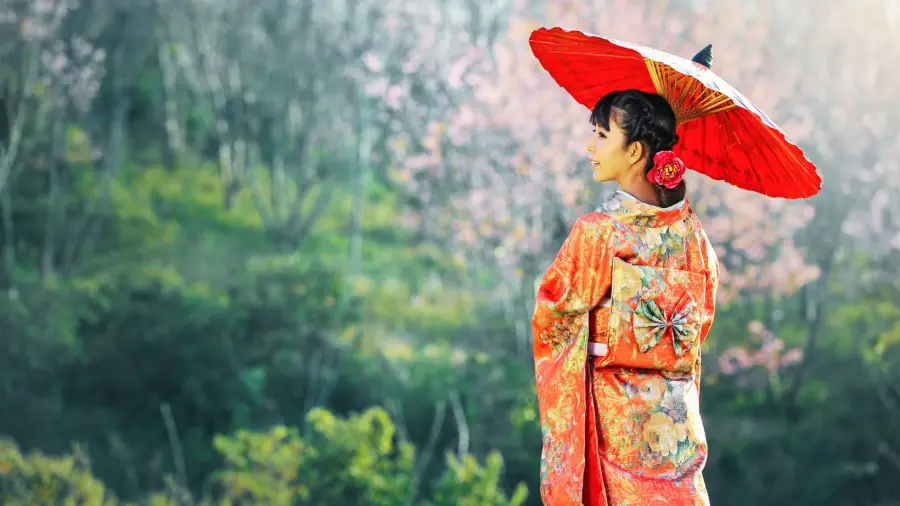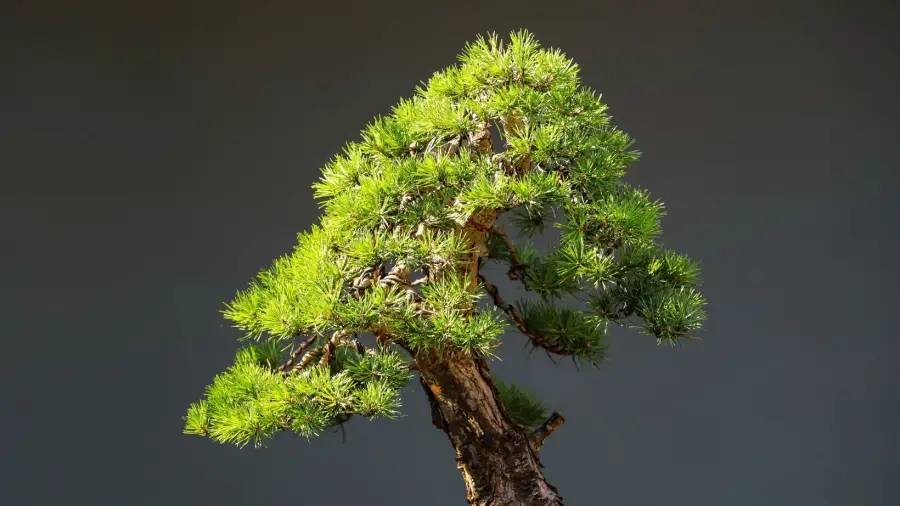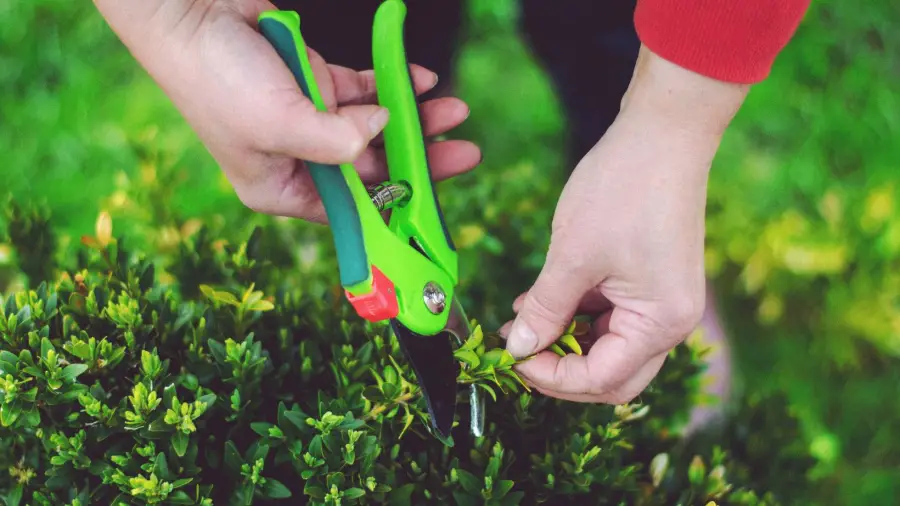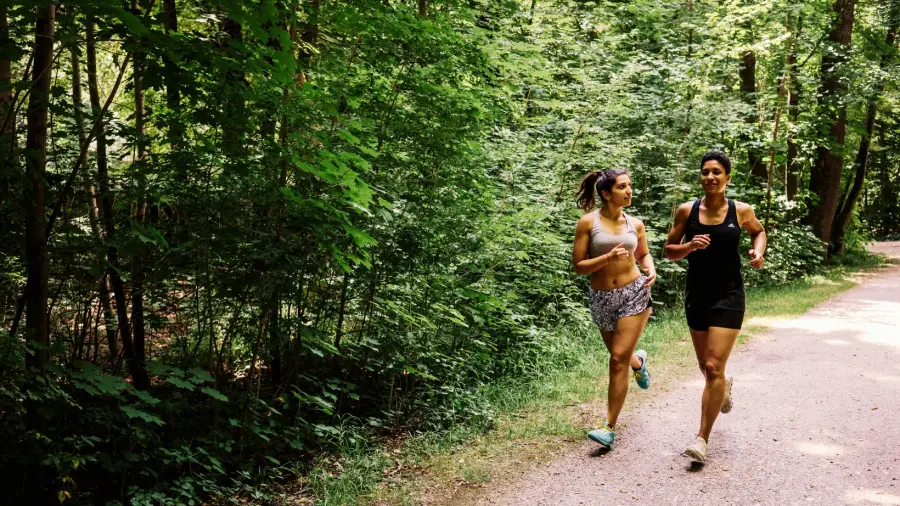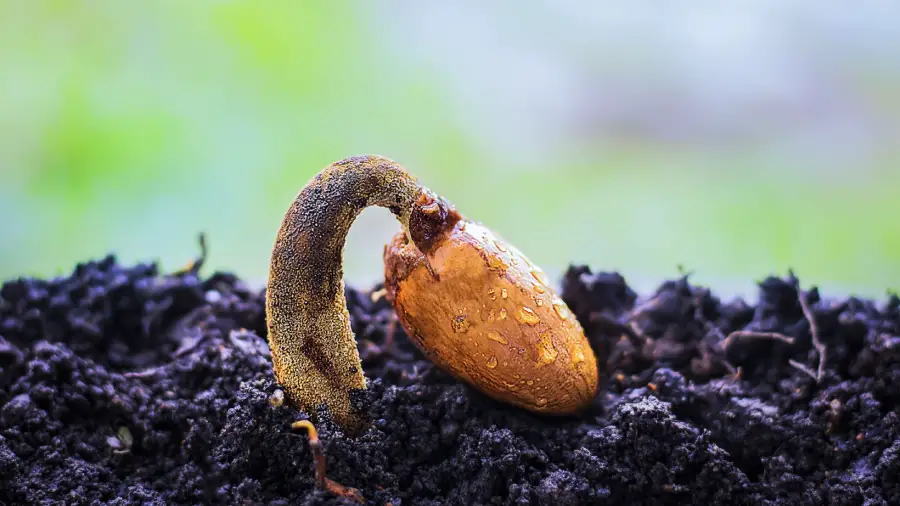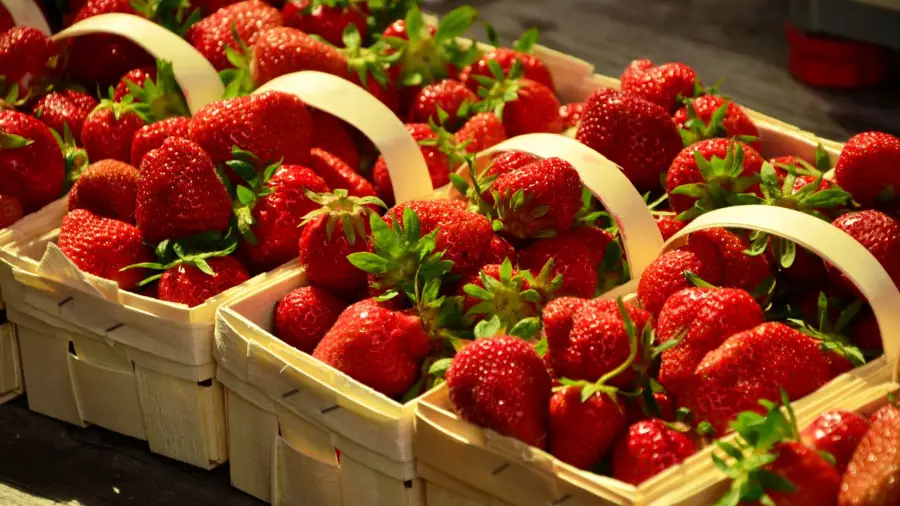“The Zen of Bonsai: Creating Tranquility in Your Home” explores the art of bonsai and its ability to cultivate serenity and harmony through the creation and care of miniature landscapes. Bonsai trees are not only aesthetically pleasing but also have the potential to purify the air in your home.
Additionally, these trees hold spiritual meaning for some individuals and are believed to bring good luck and success. The practice of bonsai is rooted in ancient Japanese traditions and offers a meditative experience for those who engage in it. By delving into the world of bonsai, you can create a tranquil and peaceful atmosphere in your living space.

Table of Contents
Exploring The Meaning And Significance Of Bonsai Trees
Discover the profound meaning and significance of bonsai trees in “The Zen of Bonsai: Creating Tranquility in Your Home. ” Explore the harmonious and peaceful nature of bonsai, which represents balance and positivity. Experience the art of cultivating tranquility through miniature landscapes and the meditative practice of bonsai.
Bonsai As A Symbol Of Harmony And Balance
Bonsai trees have long been revered as a symbol of harmony and balance, both in nature and in our lives. The art of bonsai involves meticulously shaping and cultivating these miniature trees to reflect the beauty and tranquility of nature. Just as in a harmonious natural landscape, bonsai trees embody the perfect balance between strength and grace, rigidity and flexibility.
The miniaturization of the trees and their delicate, refined beauty serve as a reminder that even in the smallest of spaces, we can create a sense of harmony and balance. The intricate pruning and shaping techniques used in bonsai cultivation require patience, skill, and a deep understanding of the tree’s natural growth patterns. Through this process, we learn to work in harmony with nature, allowing the tree to guide us in creating a harmonious and balanced form.
The Spiritual Connection With Nature Through Bonsai
Bonsai trees offer a unique opportunity to establish a spiritual connection with nature. By nurturing and caring for a bonsai tree, we are reminded of our connection to the natural world and the rhythm of life. The ancient practice of bonsai encourages us to slow down and appreciate the beauty and intricacy of the natural world.
With each delicate branch and leaf, we are reminded of the impermanence and fragility of life. Bonsai cultivation requires us to be present and attentive, paying close attention to the tree’s needs and responding with care and precision. This mindful interaction with nature fosters a deeper connection, allowing us to appreciate the beauty, complexity, and interconnectedness of all living things.
How Bonsai Enhances Tranquility And Peace In Your Home
Introducing bonsai trees into your home can have a profound impact on its ambiance, creating a space of tranquility and peace. The presence of bonsai trees brings a sense of nature indoors, infusing your living space with a calming and grounding energy.
Their compact size and miniature form make bonsai trees ideal for smaller living spaces and apartments, allowing anyone to create a serene haven amidst the hustle and bustle of modern life. The careful cultivation and nurturing of bonsai trees can become a meditative practice, providing a moment of respite from the chaos of daily life.
Bonsai trees can also serve as a visual reminder to practice mindful living. Their elegant and timeless beauty encourages us to slow down and appreciate the present moment. By taking the time to care for these miniature living works of art, we cultivate a sense of patience, mindfulness, and tranquility that extends beyond the world of bonsai.
Understanding The Philosophy Behind Bonsai Cultivation
Bonsai cultivation is not just about creating beautiful miniature trees; it is a practice rooted in philosophy, mindfulness, and patience. The art of sculpting living organisms goes beyond creating aesthetic beauty. It is about connecting with nature, finding tranquility, and reflecting upon the perpetual journey of life itself.
The Art Of Sculpting Living Organisms
Bonsai cultivation can be seen as an art form that involves carefully shaping and training living organisms. Just as an artist uses a chisel and canvas to create a sculpture, bonsai enthusiasts use their hands, tools, and technical expertise to shape a tree into a miniature landscape. Each branch, leaf, and root is meticulously arranged to capture the essence of a full-sized tree, creating a harmonious and serene masterpiece.
The Perpetual Journey Of Bonsai Cultivation
Bonsai is a reminder of the ever-changing nature of life. The process of cultivating and caring for a bonsai tree is a perpetual journey that requires dedication and commitment. Through careful pruning, shaping, and nurturing, the tree evolves over time, mirroring the growth and transformation we experience in our own lives. This continuous cycle of growth and adaptation is a reminder of the impermanence and interconnectedness of all living beings.
The Importance Of Patience And Mindfulness In Bonsai Care
Patience and mindfulness are essential virtues in the care of bonsai trees. It takes years, sometimes even decades, to develop a mature and well-formed bonsai. Each pruning cut and wire application requires careful consideration and precision. By practicing patience and mindfulness, bonsai enthusiasts learn to appreciate the present moment and embrace the slow, deliberate pace of bonsai cultivation.
Much like a Zen garden, bonsai cultivation encourages a state of mindfulness and awareness. By focusing on the intricate details of each branch and leaf, the caretaker becomes fully present, immersed in the art of bonsai. This meditative practice not only benefits the tree’s health but also cultivates tranquility and inner peace within the caretaker.
In conclusion, understanding the philosophy behind bonsai cultivation is crucial to fully appreciate the art form. It is a practice that transcends mere gardening and becomes a way to connect with nature, find tranquility, and reflect upon the perpetual journey of life. By embracing patience, mindfulness, and a deep appreciation for the art of sculpting living organisms, bonsai enthusiasts can create miniature landscapes that radiate beauty and serenity in their homes.
Selecting The Ideal Bonsai Tree For Your Home
Selecting the ideal bonsai tree for your home is an essential step in creating tranquility and zen in your space. With careful consideration of the plant’s purifying abilities and spiritual significance, you can enhance your interior decor while bringing balance and positivity into your environment.
Factors To Consider When Choosing A Bonsai Tree
When it comes to selecting the ideal bonsai tree for your home, there are several factors to consider. These factors will help you ensure that you choose a bonsai tree that not only suits your personal preferences but also thrives in your home environment.
1. Size: Consider the space available in your home. Bonsai trees come in various sizes, ranging from miniature to larger ones. Determine the location where you plan to keep your bonsai tree and choose a size that fits well without overwhelming the space.
2. Care requirements: Different bonsai tree species have varying care requirements. Some require more attention and expertise than others. Consider the level of care you are willing to provide and choose a bonsai tree that matches your skill level. If you are a beginner, it is recommended to start with a low-maintenance bonsai tree species.
3. Lighting conditions: Bonsai trees need proper lighting to thrive. Assess the lighting conditions in your home, whether you have a brightly lit room with ample sunlight or a dimly lit area. Certain bonsai tree species thrive in full sun, while others prefer partial shade. Choosing a bonsai tree that matches the lighting conditions in your home will greatly contribute to its overall health and longevity.
4. Climate: Bonsai trees have specific climate preferences. Some species are more suitable for warm and tropical climates, while others can tolerate colder temperatures. Consider the climate of your geographic location and select a bonsai tree species that can adapt well to your local weather conditions. This will ensure that your bonsai tree stays healthy throughout the year.
Bonsai Tree Species Known For Air Purification
In addition to adding an aesthetic appeal to your home, certain bonsai tree species are known for their air purification qualities. These bonsai trees actively filter and purify the indoor air, creating a healthier living environment for you and your family. Here are a few bonsai tree species renowned for their air purification abilities:
| Bonsai Tree Species | Air Purification Benefits |
|---|---|
| Ficus | Removes common indoor air pollutants like formaldehyde, benzene, and trichloroethylene. |
| Japanese Peace Lily (Spathiphyllum) | Efficiently filters toxins such as ammonia, benzene, and xylene from the air. |
| Snake Plant (Sansevieria) | Helps remove toxins like formaldehyde, xylene, toluene, and nitrogen oxide. |
The Importance Of Matching Your Bonsai Tree To Your Home Environment
Matching your bonsai tree to your home environment is crucial to ensure its overall health and vitality. By considering the following aspects, you can create an optimal environment for your bonsai tree:
1. Light levels: Different bonsai tree species have varying light requirements. Assess the natural light available in the designated area of your home and choose a bonsai tree species that will thrive under those specific light conditions. Remember that providing the right amount of light is essential for photosynthesis and the bonsai tree’s overall growth.
2. Temperature and humidity: Bonsai trees have specific temperature and humidity preferences. Some species thrive in warmer and more humid environments, while others prefer cooler and drier conditions. Ensure that your home environment matches the temperature and humidity requirements of your chosen bonsai tree species to maintain its health and vigor.
3. Air circulation: Adequate air circulation is essential for bonsai trees to thrive. Ensure that the area where you plan to keep your bonsai tree has proper ventilation. Stagnant air can lead to fungal growth and other issues that can harm your bonsai tree’s health.
By matching your bonsai tree to your home environment, you provide the optimal conditions for its growth and ensure a harmonious and tranquil atmosphere in your living space.
Cultivating And Caring For Your Bonsai Tree
Cultivating and caring for your bonsai tree is the essence of creating tranquility in your home. Through the art of bonsai, you can cultivate serenity and find inner peace in the process of creating and nurturing a miniature landscape.
Essential Techniques For Pruning And Shaping Your Bonsai
Pruning and shaping are essential techniques in cultivating and maintaining the beauty of a bonsai tree. With careful and deliberate pruning, you can control the growth of your bonsai and achieve the desired shape and size.
When pruning your bonsai tree, it is important to use sharp and clean tools to make clean cuts. Trim back any overgrown branches to maintain the overall balance and proportion of the tree. Remove any dead or dying branches to promote healthy growth.
Shaping your bonsai tree is a delicate process that requires patience and precision. Carefully wire the branches to guide their growth and create the desired shape. Bend and position the branches to enhance the aesthetic appeal of your bonsai.
The Role Of Sunlight, Water, And Humidity In Bonsai Care
The proper balance of sunlight, water, and humidity is crucial for the health and vitality of your bonsai tree. Paying attention to these factors will ensure that your bonsai thrives and continues to bring tranquility to your home.
Sunlight is essential for photosynthesis, the process by which plants convert sunlight into energy. Place your bonsai tree in a location that receives ample sunlight, but avoid exposing it to direct sunlight for extended periods, as this can cause damage to the leaves.
Watering your bonsai requires careful consideration as overwatering or underwatering can harm the tree. Check the moisture level of the soil regularly and water accordingly. It is best to water the bonsai thoroughly and allow the excess water to drain completely.
Humidity is important for bonsai, as most species prefer a slightly humid environment. Placing a tray filled with water near your bonsai tree can increase humidity levels. Alternatively, you can mist the leaves with water to maintain an optimal level of humidity.
Establishing A Regular Bonsai Care Routine For Optimal Growth And Health
Creating a regular care routine for your bonsai tree is essential for its optimal growth and health. Consistency and attention to detail are key to ensure that your bonsai thrives in your home and brings tranquility to your surroundings.
Start by establishing a watering schedule based on the needs of your specific bonsai species. This will help prevent over or under watering and maintain the proper moisture balance in the soil.
Regularly monitor the health of your bonsai tree by inspecting the leaves, branches, and the overall appearance. Trim back any overgrown branches and remove any yellowing or diseased leaves to promote healthy growth.
In addition to regular pruning and shaping, it is important to repot your bonsai tree every few years to refresh the soil and promote root health. When repotting, carefully trim the roots and place the tree in a new pot with fresh bonsai soil.
By following these essential care techniques and establishing a regular routine, you can ensure the optimal growth and health of your bonsai tree, creating a serene and tranquil atmosphere in your home.
Designing A Serene Bonsai Display
Experience tranquility in your home with a serene bonsai display. Crafted with care and rooted in ancient Japanese tradition, bonsai offers a meditative way to cultivate serenity and create miniature landscapes that bring a sense of zen to any space.
Creating a serene bonsai display in your home is not only a beautiful addition to your decor but also a way to bring tranquility and inner peace into your space. With careful design and attention to detail, you can create a peaceful corner that invites relaxation and a sense of harmony.
Choosing The Right Bonsai Pot And Accessories
When it comes to designing your bonsai display, choosing the right bonsai pot and accessories is essential. The pot should not only complement the style and aesthetics of your bonsai tree but also provide the necessary drainage and space for root growth. Opt for a pot that balances functionality with beauty, such as a ceramic pot with simple, clean lines.
Additionally, consider adding accessories that enhance the overall ambiance of your display. This could include decorative stones or pebbles to create a Zen-like atmosphere or miniature figurines that represent elements of nature.
Complementing Your Bonsai With Appropriate Plants And Decor
Complementing your bonsai tree with appropriate plants and decor can further enhance the tranquility of your display. Choose plants that thrive in the same conditions as your bonsai and harmonize with its aesthetic. For example, if you have a bonsai tree with delicate pink flowers, consider adding a small orchid nearby for a cohesive and visually pleasing arrangement.
In terms of decor, opt for items that reflect the Zen philosophy and promote a sense of calm. This could include a small water feature, such as a tabletop fountain, or a miniature Zen garden with sand and carefully arranged rocks. These elements will add depth, texture, and visual interest to your bonsai display.
Creating A Peaceful Corner For Your Bonsai In Your Home
Creating a peaceful corner for your bonsai in your home is crucial to fully embrace the tranquility it can bring. Find a dedicated space away from distractions where your bonsai can be the focal point. This could be a windowsill, a small table, or a specially designed shelf.
Ensure that this corner receives the right amount of natural light and avoid placing your bonsai near drafty areas or air conditioning vents, as extreme temperature changes can be detrimental to its health. Keeping your bonsai in a consistent and comfortable environment will promote its growth and longevity.
To truly immerse yourself in the serenity of your bonsai display, make this corner a place of relaxation and reflection. Consider creating a seating area nearby where you can enjoy the beauty of your bonsai, meditate, or simply unwind after a long day.
By carefully designing your bonsai display, choosing the right pot and accessories, complementing it with appropriate plants and decor, and creating a peaceful corner in your home, you can truly embrace the Zen of bonsai and create a haven of tranquility in your living space.
Embracing The Zen Of Bonsai In Your Daily Life
Embrace the soothing tranquility of bonsai in your everyday life with “The Zen of Bonsai: Creating Tranquility in Your Home. ” Discover the art of cultivating miniature landscapes for a meditative and serene experience.
The Calming Effects Of Tending To Your Bonsai
Tending to a bonsai tree can have incredibly calming effects on your mind and body. As you meticulously trim and prune the branches, you become fully present in the moment, focused solely on the intricate details of the tree. This act of mindfulness allows you to let go of the stresses and worries of the day, creating a sense of tranquility and peace within yourself.
The repetitive and rhythmic motions of tending to your bonsai can also induce a meditative state, helping to quiet the mind and promote a sense of relaxation. As you immerse yourself in the care of your bonsai, you may find that your worries and anxieties fade away, replaced by a deep sense of calm and centeredness.
Incorporating Bonsai Rituals Into Your Mindfulness Practice
Bonsai rituals can be seamlessly integrated into your daily mindfulness practice, adding a touch of serenity and grounding. Taking time each day to tend to your bonsai can become a sacred ritual, a time for reflection and rejuvenation.
During your bonsai ritual, take a few moments to sit in silence and observe the tree. Notice its intricate branches, the delicate leaves, and the flowing lines that make it unique. As you engage in this silent observation, let go of any thoughts or distractions, and simply be present in the moment.
You can also incorporate elements of gratitude into your bonsai ritual. Take a moment to express gratitude for the beauty and serenity that the bonsai brings into your home. By cultivating a sense of appreciation for the tree and the process of tending to it, you deepen your connection to nature and nurture a state of mindfulness.
Finding Tranquility And Balance Through The Presence Of Bonsai In Your Home
The presence of a bonsai tree in your home can bring a sense of tranquility and balance to your living space. The miniature size of the tree reflects the harmony and simplicity found in nature, reminding you to find moments of calm amidst the chaos of daily life.
Placing your bonsai in a prominent location, such as a meditation corner or a living room, allows its presence to serve as a constant reminder to slow down, breathe deeply, and reconnect with yourself. Whether you take a moment to admire its beauty, tend to its needs, or simply sit in its presence, the bonsai becomes a source of solace and serenity in your home.
Incorporating bonsai into your home decor can also create a sense of balance. The juxtaposition of the bonsai’s delicate natural beauty against the modernity of your home adds a touch of tranquility and grounding to your space. The simplicity and elegance of the bonsai’s design can complement any interior style, creating a harmonious and peaceful environment.
Frequently Asked Questions Of “the Zen Of Bonsai: Creating Tranquility In Your Home”
What Is The Significance Of Bonsai Plant At Home?
Having a bonsai plant at home is significant because it purifies the air, adds harmony and positivity to the environment, and is believed to bring good luck and success. Bonsai cultivation also teaches the philosophy of accepting that our work is never complete.
What Is The Spirituality Of The Bonsai Tree?
The spirituality of the bonsai tree is associated with harmony, inner peace, balance, and positivity. It is often used as a living ornament and can have spiritual meaning for some individuals. Bonsai cultivation is a meditative practice that promotes serenity and self-discovery.
What Is The Secret Philosophy Of Bonsai Trees?
The secret philosophy of bonsai trees is about cultivating a living, breathing, and evolving organism. It is not just about making small plants look older, but about embracing the never-ending work of shaping and nurturing nature. Bonsai trees symbolize harmony, balance, and inner peace.
Are Bonsai Trees Good Luck For Your Home?
Bonsai trees bring good luck and success to your home. They are stylish and can be placed in the sunniest part of your living room. They also have a spiritual meaning and are associated with harmony, balance, and positivity. Cultivating a bonsai tree is a meditative process that promotes serenity and tranquility.
Conclusion
Creating a tranquil environment in your home is essential for your well-being, and bonsai trees offer a unique way to achieve this. Through their art of cultivation and care, bonsai trees bring a sense of serenity and harmony to any space.
Whether you use them as living ornaments or embrace the spiritual meaning behind them, bonsai trees have the power to transform your home into a peaceful sanctuary. So, why not bring the Zen of bonsai into your home and experience the tranquility it can provide?
